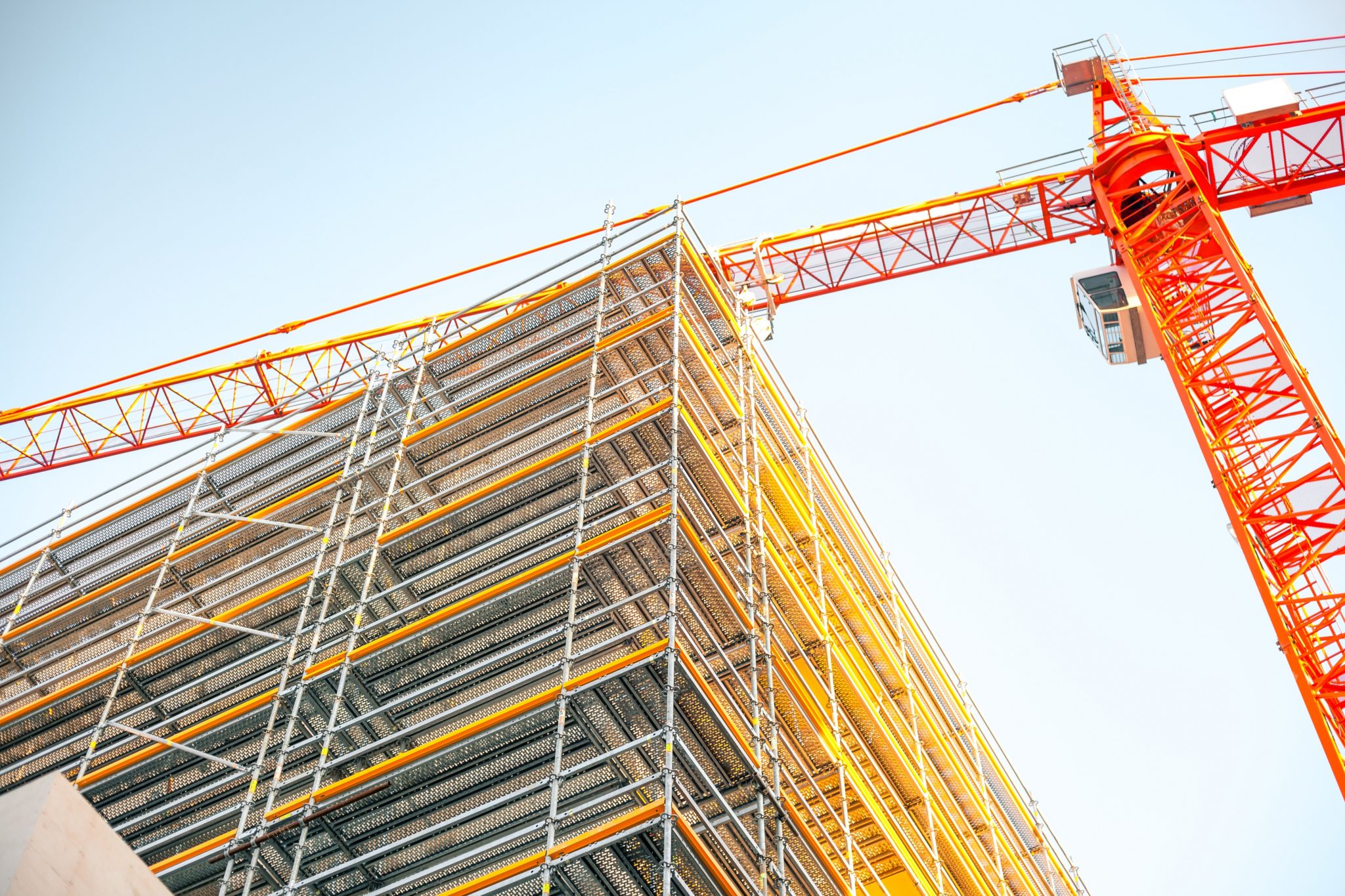AI's potential and key risks in the construction industry
Published on 11th November 2020
In this article, we consider the use of artificial intelligence in the construction industry and give insight into identifying and managing the risks.

Welcome to the third article in our series on construction technology. Last time we discussed next generation connectivity and considered the legal hurdles and consequences amidst the many benefits that 5G promises to bring to the construction industry; and in our first article we looked at offsite and modular construction and whether it is an answer to many of the challenges currently facing the construction industry.
Here we discuss AI and its potential for the construction industry to drive how buildings are designed, built and used in the future. Can AI increase efficiencies, productivity and safety; and what are the key risks to be aware of when implementing this technology?
Use in the construction industry
From VR headsets that show different build options, to construction workers controlling machines from their homes during lockdown, the breadth of this disruptive technology is both impressive and challenging.
Some recent examples of AI adoption include:
- BIM, which can use AI to flag problems or allow collaborative working such as with the design process.
- Facial recognition is using AI technology to confirm that workers are on the 'pay roll' and monitor who is coming in and out of a construction area, in order to reduce security risks.
- Data analytics uses AI to analyse the large volumes of heterogeneous data produced on construction projects, which is expected only to increase exponentially as technologies such as sensor networks and the Internet of Things are commoditised.
- Sensor networks and Internet of Things can be used in tandem with AI to implement a network of interrelated devices and machines with the ability to transfer data over a network without requiring human interaction. On construction projects, their benefits include reducing accidents: digital solutions such as sensors on workers' clothing and hardhats monitor for hazardous materials and could alert workers to risks before they enter unsafe site areas.
- Budgeting and project monitoring tools, which use AI to forecast outcomes, predict the knock-on impact of issues and overspend, write financial reports, recognise defects and assist with completion sign-off.
AI offers the potential for improved efficiency, increased productivity and reduced costs in the construction industry. However, the adoption of new tech raises its own questions: is personal data being handled and analysed properly, are jobs at risk, and does profit threaten safety as being paramount?
The experience from other sectors suggests that some of these big-picture fears are unfounded. Jobs are likely to be changed rather than lost, as humans have a crucial role to play in directing and implementing new technologies. AI could also produce safer sites, removing the requirement for humans to undertake dangerous aspects of work, alerting workers of key hazards and identifying potential defects before they occur.
According to a study by McKinsey & Company, the construction industry has been slower than others in adopting digitalisation. Despite this, it is predicted that the use of AI in the construction industry will become increasingly important over the coming years. Research Dive anticipates that the global AI in construction market could generate revenues in excess of $2.3bn by 2026.
Managing risk to maximise your reward
Construction projects are incredibly complex and require highly skilled workers to get them over the line. The balance between use of humans and AI needs to be carefully considered, alongside their risk profiles, to maximise the practical and financial opportunities for the industry.
It is essential before implementing new tech such as AI that the legal, regulatory and practical risks are fully understood and mitigated:
Ownership
It is crucial to establish at an early stage who will own the data, know-how or other intellectual property derived from the new technology, and who will take responsibility for its commercialisation.
Clients, contractors and sub-contractors often partner with software development companies or start-ups in the race to harness the benefits of AI in the construction industry. This can lead to disputes over the ownership of commercially valuable technologies, particularly where a party has contributed significant sums to the cost of the project, only to find that they do not have appropriate rights in the end product.
Data protection
In order to adapt, machine learning requires large datasets to analyse and train upon. Some implementation models allow users to effectively "rent" a dataset upon which to train their own systems. Other users prefer to insource their systems, or use AI as a service. In any event, care must be taken before collecting, sharing and processing personal data.
Failure to comply with data protection legislation could lead to criminal prosecution and significant fines. Use of AI in facial recognition, sensors or other methods of monitoring individuals on a construction site, for example, could lead to issues in processing data under GDPR. Developing practical policies for managing data and dealing with subject access requests will minimise risk.
Cybersecurity
The risk of a cyber-attack is evident, given the significant amount of personal data that can be collected and processed within a construction project, as well as the payments being made in connection with the project and the potential for ransomware to disrupt time-sensitive actions. Supply chains play a vital part in the security, or vulnerability, of the end system. Ensure appropriate due diligence has been carried out on suppliers and that contracts contain adequate cyber-security protections and audit rights.
Beware of the tight timescales for reporting data breaches. It is advisable to put in place a response policy and ensure all relevant individuals are aware of the steps that need to be taken.
Licensing
Take care when entering into licences to use technologies within the construction environment. Checks should be carried out to ensure that rights of use can be assigned or sub-licensed to sub-contractors, to allow collaboration across design and build.
Liability
Collaboration through AI systems can also lead to difficulties in establishing who has responsibility for issues. For example, who has a duty to warn where multiple parties have inputted to the design?
Risks must be identified, with appropriate insurance and contractual liability flow-downs to ensure that the costs associated with any liabilities do not impact on the viability of the project.
Changes to the regulatory framework should also be closely monitored, as legislators approach liability issues in relation to AI.
How we can help
AI offers a number of applications in the construction industry and its use is set to spread rapidly. While there are steps that can be taken to reduce the risks associated with the implementation of AI, the breadth and potential of this technology means that the changing risk landscape should be kept under review. Please feel free to contact us to discuss any areas of concern.





